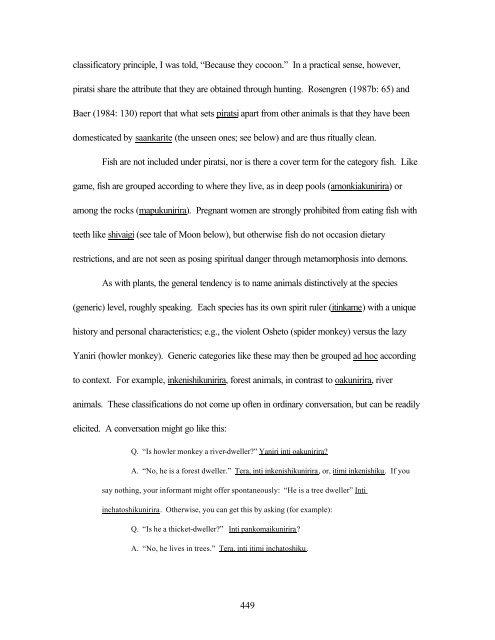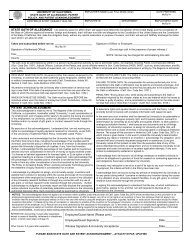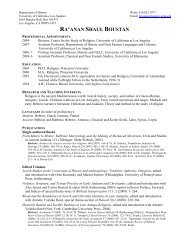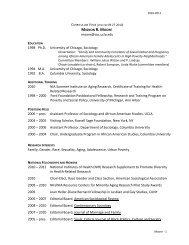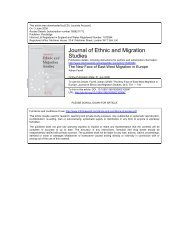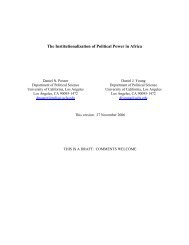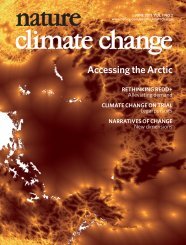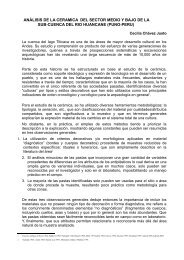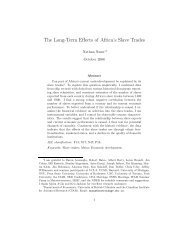433 Chapter Seven Cosmos For the Matsigenka of Shimaa, kameti ...
433 Chapter Seven Cosmos For the Matsigenka of Shimaa, kameti ...
433 Chapter Seven Cosmos For the Matsigenka of Shimaa, kameti ...
Create successful ePaper yourself
Turn your PDF publications into a flip-book with our unique Google optimized e-Paper software.
classificatory principle, I was told, “Because <strong>the</strong>y cocoon.” In a practical sense, however,<br />
piratsi share <strong>the</strong> attribute that <strong>the</strong>y are obtained through hunting. Rosengren (1987b: 65) and<br />
Baer (1984: 130) report that what sets piratsi apart from o<strong>the</strong>r animals is that <strong>the</strong>y have been<br />
domesticated by saankarite (<strong>the</strong> unseen ones; see below) and are thus ritually clean.<br />
Fish are not included under piratsi, nor is <strong>the</strong>re a cover term for <strong>the</strong> category fish. Like<br />
game, fish are grouped according to where <strong>the</strong>y live, as in deep pools (amonkiakunirira) or<br />
among <strong>the</strong> rocks (mapukunirira). Pregnant women are strongly prohibited from eating fish with<br />
teeth like shivaigi (see tale <strong>of</strong> Moon below), but o<strong>the</strong>rwise fish do not occasion dietary<br />
restrictions, and are not seen as posing spiritual danger through metamorphosis into demons.<br />
As with plants, <strong>the</strong> general tendency is to name animals distinctively at <strong>the</strong> species<br />
(generic) level, roughly speaking. Each species has its own spirit ruler (itinkame) with a unique<br />
history and personal characteristics; e.g., <strong>the</strong> violent Osheto (spider monkey) versus <strong>the</strong> lazy<br />
Yaniri (howler monkey). Generic categories like <strong>the</strong>se may <strong>the</strong>n be grouped ad hoc according<br />
to context. <strong>For</strong> example, inkenishikunirira, forest animals, in contrast to oakunirira, river<br />
animals. These classifications do not come up <strong>of</strong>ten in ordinary conversation, but can be readily<br />
elicited. A conversation might go like this:<br />
Q. “Is howler monkey a river-dweller?” Yaniri inti oakunirira?<br />
A. “No, he is a forest dweller.” Tera, inti inkenishikunirira, or, itimi inkenishiku. If you<br />
say nothing, your informant might <strong>of</strong>fer spontaneously: “He is a tree dweller” Inti<br />
inchatoshikunirira. O<strong>the</strong>rwise, you can get this by asking (for example):<br />
Q. “Is he a thicket-dweller?” Inti pankomaikunirira?<br />
A. “No, he lives in trees.” Tera, inti itimi inchatoshiku.<br />
449


